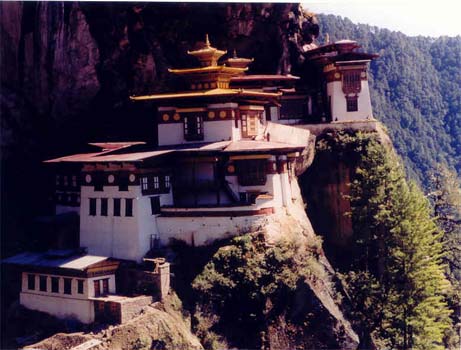Medieval monasteries in Serbia and Kosovo are gems off beaten path
 Belgrade - Serbia and its former province of Kosovo lie somewhat off Europe's beaten tourist path. Bad roads, few attractions and substandard accommodation have not exactly drawn throngs of visitors. As a result, Serbia's medieval monasteries, some of which are on the list of UNESCO World Heritage sites, are little known in Central Europe.
Belgrade - Serbia and its former province of Kosovo lie somewhat off Europe's beaten tourist path. Bad roads, few attractions and substandard accommodation have not exactly drawn throngs of visitors. As a result, Serbia's medieval monasteries, some of which are on the list of UNESCO World Heritage sites, are little known in Central Europe.
The Serbian capital Belgrade is the starting and end point of an approximately 1,100-kilometre monastery tour, lasting three to four days, that individuals can take by car only. Some of the monasteries en route allow overnight stays.
The tour's first leg leads south to the Serbian town of Despotovac, site of the fortified Manasija Monastery. Dating from the early 15th century, it is surrounded by ramparts and massive towers.
Manasija's church, the interior of which is decorated with remarkable frescoes like all of the church interiors on the tour, is amazingly small. This corner of Europe saw centuries of war, and all of its sacred buildings that figure prominently in art history were kept small to be easier to defend.
Most Serbian monasteries are situated in deep, remote valleys where monks were able to preserve Serbia's Orthodox Christian traditions despite 500 years of Ottoman rule and later occupation by Austria under the Hapsburgs.
Wars repeatedly destroyed monasteries including Manasija and Ravanica, which is a little farther south and just east of the town of Cuprija. Mural paintings were often exposed to the elements for more than 100 years after roofs had been dismantled for their valuable lead. It often seems miraculous that the frescoes' lustre remains visible.
The tour proceeds past the city of Nis, Serbia's second-largest, to the Kosovo capital Pristina, where some old mosques can be viewed instead of monasteries. The most important is the newly renovated Grand Mosque, whose proper name is the Sultan Mehmet II al-Fatih "the Conqueror" Mosque.
Mehmet II captured Constantinople in 1453, bringing an end to the Byzantine Empire. After conquering the western Balkans eight years later, he had the mosque built in Pristina.
The next destination is the town of Pec in western Kosovo. Nearby are two UNESCO World Heritage sites: the Visoki Decani Monastery and the venerable Patriarchate of Pec, a complex of four churches. They are protected by Italian peacekeepers from the NATO-led Kosovo Force (KFOR), one of whose tasks is to prevent attacks by the ethnic Albanian majority on ethnic Serbs who have remained in the former Serb province.
The tour then continues toward the town of Rozaje in Montenegro, quickly returning to Serbian territory near the town of Tutin. Further north, near the town of Usce, a road leads to the Studenica Monastery, founded in the 12th century by the first Serbian kings.
The final stop before the return trip to Belgrade is the 13th-century Zica Monastery, situated south of the town of Kraljevo.
Tourists visiting these attractions off the beaten tourist path need to be flexible and a little adventurous. There are no security problems or shortages of petrol, however. To be enjoyed along with the gems of art history is the hospitality of the monks, who almost invariably offer visitors a powerful brandy, strong coffee and sweets.
Travellers fortunate enough to attend an Orthodox Christian liturgical service will be able to immerse themselves in a world that is mystical for Western Europeans. (dpa)